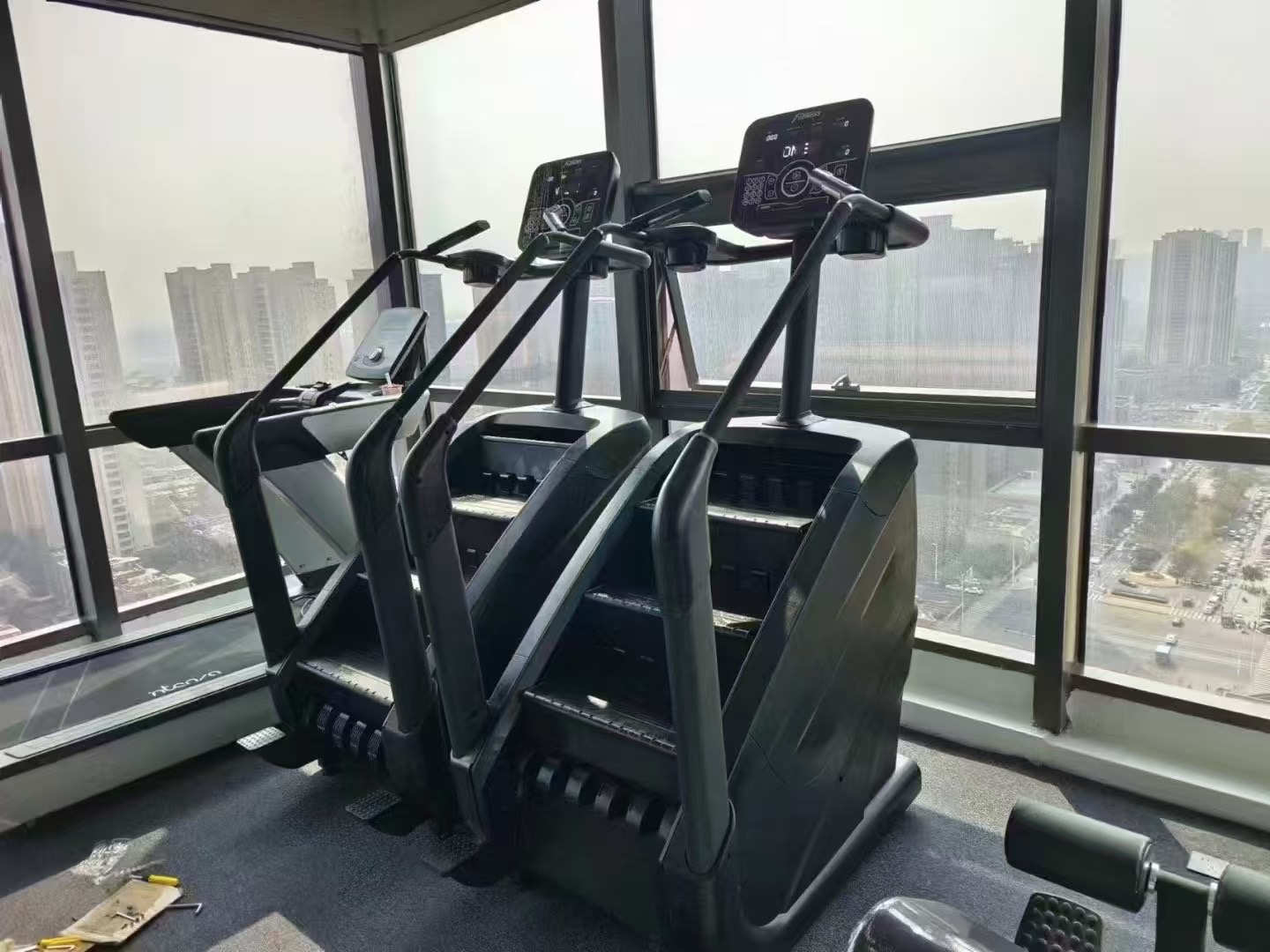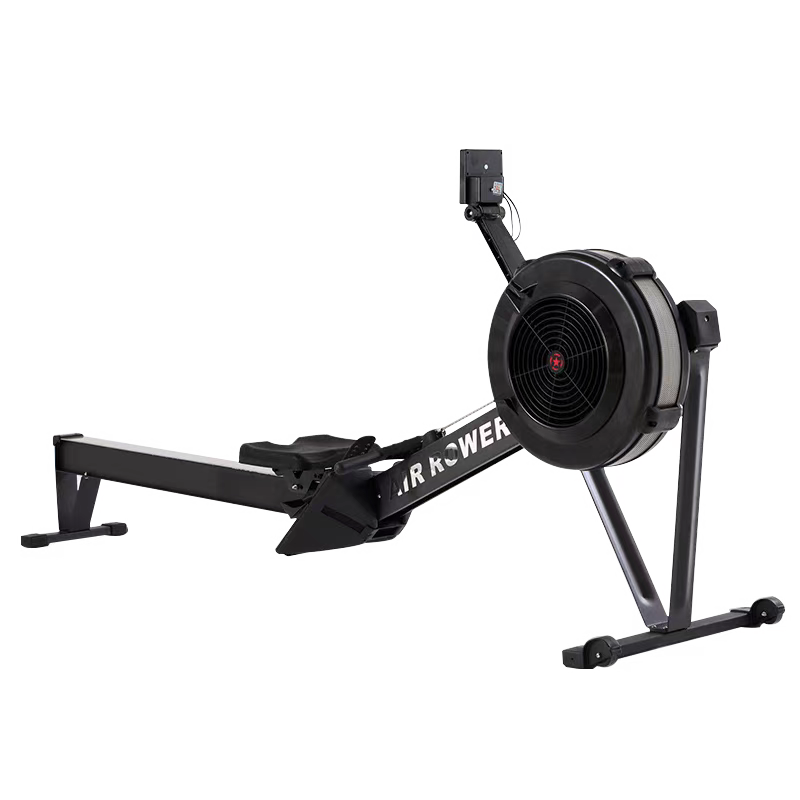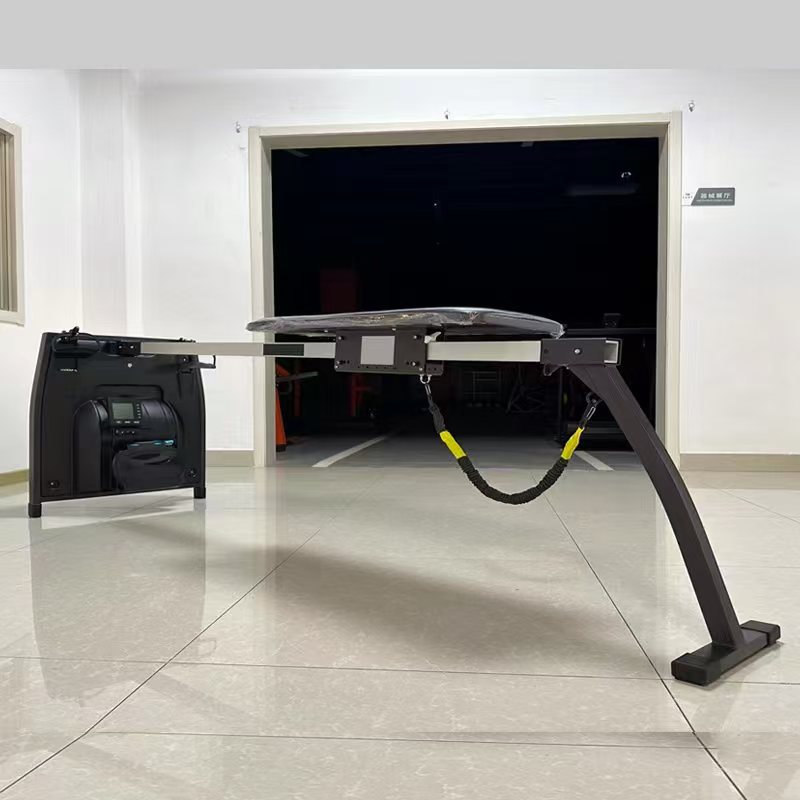The New Era of Cardio Equipment: A Scientific Exploration of Stair Climbers, Rowers, Non-Motorized Treadmills, and Swim Ergometers
The New Era of Cardio Equipment: A Scientific Exploration of Stair Climbers, Rowers, Non-Motorized Treadmills, and Swim Ergometers.
1.Stair Climbers: The Art of Vertical Fat-Burning

By simulating stair climbing, these machines engage glutes and legs through vertical movement, offering low-impact, high-calorie burn—studies show 300-400 kcal torched in 30 minutes with 52% less knee stress than running (Frontiers in Sports Medicine, 2023). Advanced magnetic-resistance models like the StairMaster NTOES feature heart-rate-controlled speed adjustment, tailoring each step to the user's limits.
2.Rowers: A Masterpiece of Full-Body Hydrodynamics.
These machines orchestrate 84% of muscles into a resistance symphony. Water-resistance models like WaterRower emulate actual oar vortices for immersion. Their dual-phase resistance (increasing during pulls, sustaining during recovery) enhances core stability and aligns with rehab "eccentric-concentric balance," counteracting desk-induced postural collapse.
3.Non-Motorized Treadmills: A Carbon-Neutral Return to Natural Gait.
Motor-free models like the Curve series rely on user propulsion, loading hamstrings and calves with 30% extra work. Biomechanics studies prove their self-paced mechanism corrects treadmill-induced overstriding, optimizing ground force distribution by 22%—ideal for marathoners refining form.
4.Swim Ergometers: Fluid Resistance Revolution on Dry Land.
Devices like the Vasa Trainer replicate freestyle's S-pull trajectory via hydraulic arms and glide
rails.Athletes use them for injury-period overload training—their resistance curve mirrors aquatic propulsion phases, maintaining shoulder rotator cuff fitness impact-free. Therapists even created "suspension mode" for scoliosis rehab, transforming water resistance into precision medicine.
Epilogue: Beyond Vertical Climbs and Virtual Rapids, Cardio Equipment Transcends Physical Metaphors
As the rhythmic stomps on stair climbers, the aquatic whispers of rowers, the belt hum of manual treadmills, and hydraulic hisses of swim ergometers converge in gyms, they evolve from calorie burners into biomechanical interfaces linking human locomotion to future tech.
